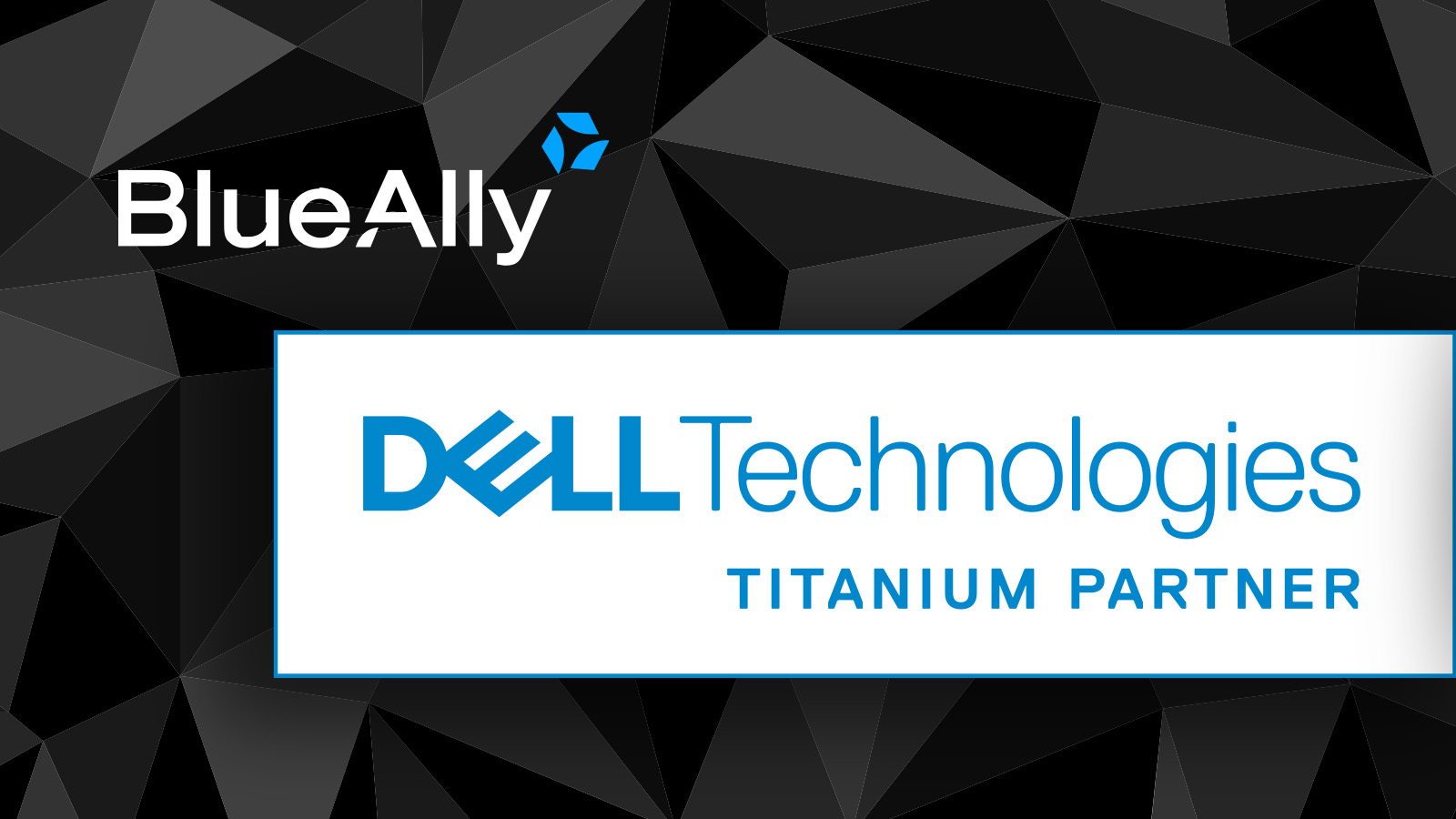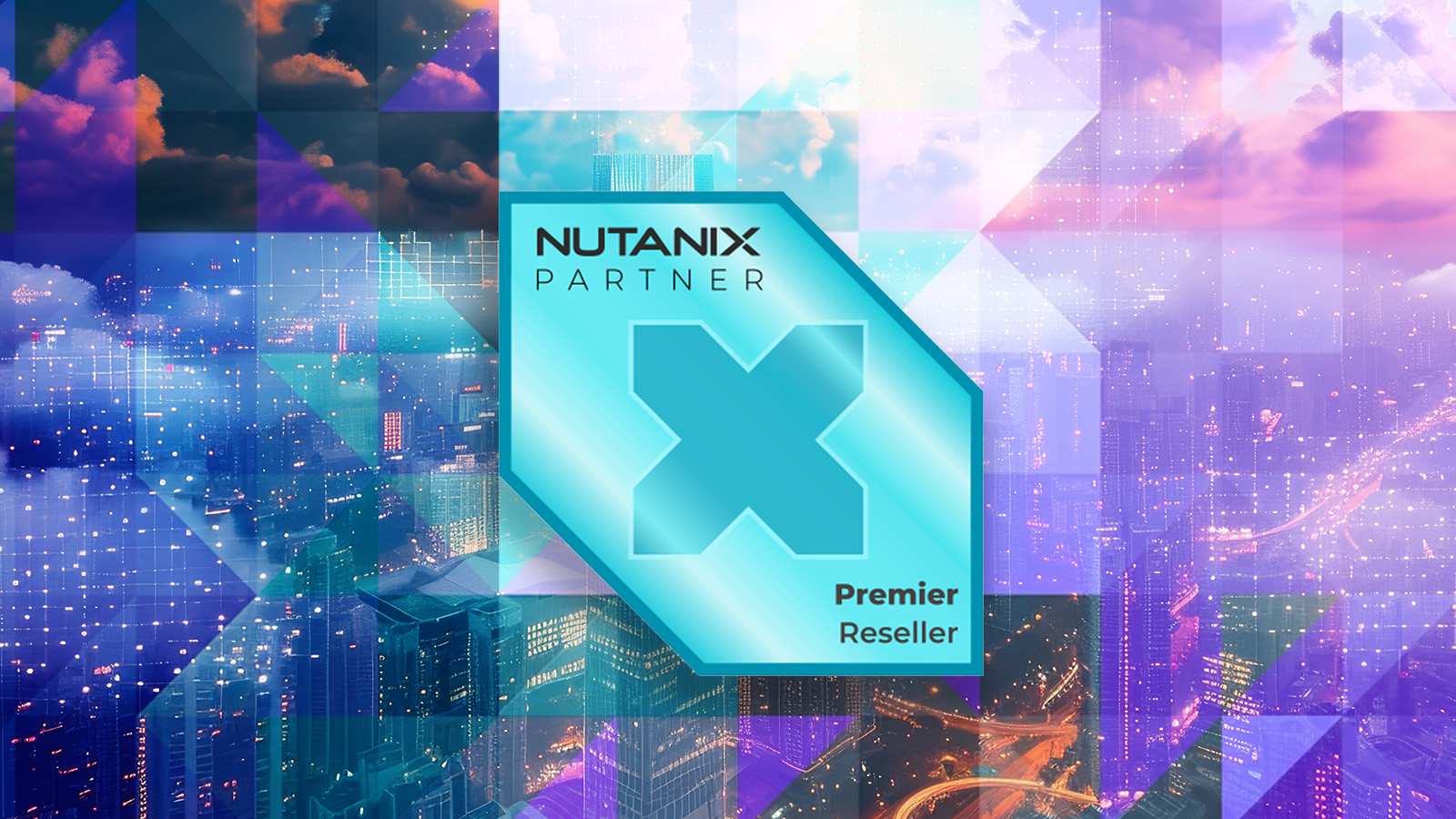 FEATURED
FEATUREDPETER WELCHER | Solutions Architect
Peter would like to thank Martijn van Overbeek for his review, comments, and suggestions. His carrier background and knowledge of telco and cellular technology were very helpful. Any errors remain the author’s.
What should one know about 5G Cellular Data and Private 5G?
This blog attempts to cover the current state of 5G cellular in general. A follow-up blog will examine Private 5G cellular.
Why 5G Cellular Data?
In general, 5G cellular data services are potentially very interesting as another form of WAN transport, one that does not require fiber or wire to connect locations.
Compared to Wi-Fi, cellular can service longer distances and may be more robust when there is RF noise or interference.
The State of 5G Cellular Data
Complexity, economics, and bandwidth/physics are hindering some of the promise of 5G cellular for data.
Factor: Complexity
Several servers and pieces of equipment are required to deliver 5G service. They can be on-premises, carrier-based, or cloud-based. In general, the platform *providing* the service is carrier technology, not consumer technology. It’s complex, consumed in lower volume so one would expect costly equipment, not as user-friendly, ditto the documentation and processes.
If you’re building your own (private) 5G network, you’d have to get licensing and then deal with the equipment or outsource that. That’s a topic for the follow-up Private 5G blog. Relevance here: carriers do have to deal with frequency licensing, site permits, buildout, etc. All speed bumps to deployment, and cost / complexity contributors.
In summary: it is not fast nor easy for carriers to add capacity, even though that is a well-established process they (and few others?) understand.
Private 5G is still new and arguably more complex. It entails building out your own cellular network or contracting with an organization (or several) to do that for you. Skills, toolsets, etc. The good news is that private 5G deployment appears to be getting closer to turnkey, e.g. Celona’s solutions.
Even with just data over existing carrier cellular, there can be complexity: buy, install, and configure site equipment, licensing, determination of best location for on-prem equipment, maintenance contracts, troubleshooting, cellular contracting, etc. Yes, WAN networking can have similar issues, but arguably to a lesser degree.
Factor: Bandwidth and Physics
5G cellular provides a “large” amount of bandwidth and can handle a lot of users. (Ok, “large” depends on your Point of View. It’s not going to be 1 Tbps!) 5G does have more licensed spectrum than Wi-Fi, but it comes at a cost.
Consider how many cell phones may be using the nearest cell tower at one time! Note, however, that a VoIP stream is a low data rate.
Just as with Wi-Fi, those two variables (bandwidth, number of users) are not independent. There is a total amount of bandwidth available per cell, spread across various frequencies (licensed or unlicensed). But the total capacity is divided among the people and endpoints using it. Voice and messaging presumably have priority, and data gets what’s left.
Wi-Fi does allow for very low output power compared to licensed cellular spectrum. This supports greater density and the efficiency of using the available spectrum.
As a case in point, my house lost power recently. My cell phone kicked over to cellular data, and for once the local cell tower had apparently NOT lost power. Normally, when I am not on Wi-Fi, local cellular data is pretty fast. It used to be a problem around 3 PM after the local high school let out, but that seems to have cleared up. However, with the power outage, I couldn’t pull up web pages on my phone. Email worked, VERRRRY slowly. My guess: just too many users competing for bandwidth!
How does a carrier add bandwidth? Add more frequencies (“add spectrum”), add cell towers, or cell sites: denser coverage, possibly with lower power if cells overlap. (Does that sound like WiFi? It should!) We’ll come back to this important topic below.
The above is what one might call “physics.” Bandwidth per user = total available / number of users (and the aggregate volume of data they’re consuming), roughly speaking. Each user’s usage may be up or down or paused at any moment in time.
Factor: The Cellular Challenge
My conclusion is that current 5G in the US can provide acceptable web response and bandwidth when only mobile users use it, and when most of the user base is connected via Wi-Fi or LAN. It’s engineered that way because of the economics.
If all our data service were 5G only, we’d need a much denser placement of cell towers or cell sites/antennas. And I suspect it would cost more.
There are barriers to doing that:
- ROI (key factor!)
- Cost
- Skilled labor
- Legal permitting to place antennas on buildings etc.
- Licensing of spectrum for the region
- Power
- Backhaul connectivity from each cell site/antenna
The current Reality Check is this: where there is ROI, carriers will add capacity.
There are some factors they can control to improve ROI and align with use cases: the frequency bands they use. Low bands provide less bandwidth but better coverage (T-Mobile), mid bands are in the middle (no surprise!), and high bands are at most 100 meters line of sight but ideal for high throughput.
But overall, don’t hold your breath. Consider the pace at which 5G, or even LTE, are covering rural areas, where there is lower ROI due to fewer customers.
Aside from ROI economics and recovering costs, there is a scaling issue: the skilled labor, permitting, etc. bullet points listed above. Some of them probably create a time issue: licensing, acquisition of gear, deployment, etc. all take time! Carriers presumably have prioritized 5G deployment and adding capacity based on ROI (and any strong political, customer satisfaction, or other considerations).
How 5G is Evolving
Note that the cloud-based architecture of 5G is an improvement over the complex appliance-based architecture of prior versions (3G, 4G). This cloud-based architecture that can be deployed in x86 hardware allows for cost reductions in 5G deployments and for it to be extensible and integrated. This in turn might allow for computer vision processing close to the edge.
Due to initial investment, large scale deployment for heavy data use is still a future thing.
Cellular 5G Data Versus Wi-Fi 6 or 7
Some of the same capacity issues apply to Wi-Fi, even Wi-Fi 6, 6E, and 7. The latter version may include more spectrum and better encoding schemes, but there is still a finite limited amount of capacity per AP.
There are some key differences for Wi-Fi, however:
- AP’s generally have a much smaller coverage area (analogous to a cellular cell)
- It is far less costly to add more AP’s
- There are generally fewer barriers to doing so
- There is a MUCH bigger pool of technicians to deploy Wi-Fi AP’s (DIY or contractors …)
Even so, there is a limit to how tightly you can pack in the AP’s, even with lower power. The smaller coverage area usually does mean more bandwidth per user than cellular data.
To emphasize this trade-off, and by way of contrast: cell towers are costly infrastructure, but provide relatively long-distance coverage, especially compared to Wi-Fi.
Building many more cells would be extremely costly. Right now, the bulk of cellular data fits within 4G capabilities, so there is no real market driver for a denser 5G buildout. From that point of view, the need for high data rates and longer distances is one potential driver for 5G cellular data. That could be private 5G if the ROI value is there for the consuming entity but the economics don’t work from the local provider’s perspective.
To repeat: there are selected use cases where higher cellular data rates would be useful (and might be charged for). That means that selected municipal area coverage or private 5G coverage will be useful where the above advantages of WiFi are not viable.
Some Other Details
Cellular licensed and unlicensed RF bands tend to be country-specific, hence country-specific equipment is needed, which potentially adds costs and slightly complicates stocking and ordering. There appears to currently be nothing in cellular like there is in Wi-Fi, where a device can automatically be configured with bands that are legal at a given location.
FWIW, Cisco recently blogged about the future of 5G, trends etc.:
Good stuff!
Cisco/Meraki MG52 Cellular Modems
After that mixed negativity, there is one recent development I consider highly interesting. That is the Meraki MG52 “cloud managed cellular gateway.” See also
https://meraki.cisco.com/product/cellular/integrated-antenna/mg52/.
The MG52 is fixed wireless access, i.e. used with a non-moving building or location. Use examples include pop-up store, festival or carnival booths, small offices, trailer field officesl, etc.
The key selling point is ease of use: Meraki has made all the key pieces web-orderable and (apparently) easily consumed.
You buy the MG52 via Cisco/Meraki website. That includes choosing and contracting with one of 3 participating US carriers. You find a location with good cell signal, power up the MG52, and it gets configured auto-magically for you. Plug in LAN and you’ve got Internet. Plug in SD-WAN and the site is on your SD-WAN.
I’m impressed!
Cradlepoint
Cradlepoint is known for their large portfolio of 5G modems, with solutions supporting both mid and high bands, PoE powered, stationary Fixed Wireless Access (FWA) as well as mobile/vehicles. They supply both routers and IP passthrough devices.
More info about Cradlepoint: Endpoints | LTE Routers & Access Points | Cradlepoint
Neutral Host Networking
There is one other possible way a denser 5G buildout might occur: Neutral Host Networking. This looks like the best bet for how to propagate high-speed cellular coverage more rapidly.
Neutral Host Networking (“NHN”) is distributed cell service within a building or stadium, backhauled to multiple participating carriers. The “Neutral” refers to being carrier-neutral.
The idea behind NHN is that a building or regional organization might provide a carrier-neutral network, providing access to multiple cell carriers. The network might use encrypted tunnels across a switched or routed building network from in-building Radio Access Network (RAN) access points to the carrier. Distributed Antenna Systems (DAS) are apparently costly, but they might be another part of the mix providing that service.
The aspects of NHN that may be crucial:
- It distributes the cost of purchase and deployment of the cellular gear
- More workers and companies potentially scales faster than carriers alone might
- It also spreads financial risk
- The Neutral Host Provider might be a firm that specializes in that, or the building(s)/stadium management company (extra revenue potential!)
- They would presumably license cellular rights within the building(s) covered – a game the carriers may not want to get into (scaling challenge)
- ROI may be clearer, providing incentives not present from a carrier perspective
Potential use cases: airports, hospitals, sport and event facilities, etc.
Sources / Links / Summaries
This article was prompted by an internal BlueAlly presentation by Martijn, who previously worked for a cellular provider and follows published content around private 5G cellular.
- Public 5G is available in many countries. But devices and services are not widely available.
- Private 5G spectrum may be available but techs with the necessary skills are scarce. Currently telco dominated.
- Cisco URWB is an alternative. I have a short URWB summary IOT blog in the publishing queue.
- I suggest you read the blog at the above URL for other details, including which wireless technology is appropriate for various use cases.
- That is a summary of the Financial Times article immediately below, so I’ll summarize that too here.
Summary of https://www.ft.com/content/e59a4818-c630-4dac-9c36-477a0c99a9cd?sharetype=blocked:
- Consumer uptake of 5G has been lackluster. 4G suffices for most current uses: Virtual and augmented reality and autonomous vehicle etc. are not yet in mass use.
- This calls into question the viability of terrestrial 6G as a wide area upgrade to a commercial national network.
- Auction fees for 5G has been expensive for carriers, especially in the frequency ranges that support higher data rates.
- For anything other than 700 MHz coverage, 5G means thousands of new cell sites (for contiguous coverage).
- There is a case that 5G is making very little commercial return (ROI) now. Consumers seem unwilling to pay more for it. That doesn’t look like changing anytime soon. (PJW note: elsewhere I’ve read there is telco discounting for market share.)
- There are potential 6G use cases, but if this does not inspire the wider ecosystem, it could be a commercial dead end. Greater thought needs to be given to the business case for 6G.
Summary of https://potsandpansbyccg.com/2024/01/29/will-fwa-wireless-peak-soon/:
- FWA = Fixed Wireless Access: 5G radio rather than fiber or cabling, to fixed (non-mobile) locations.
- Current FWA can be oversubscribed, low speeds, spotty coverage, challenging for carriers to provide (longer lived data flows than voice calls, etc.)
- Carriers may be adding capacity to some extent to support FWA.
- Costs may be lower than broadband cable: big telcos competing for market share?
- Fiber in the ground is a key factor for providers. T-Mobile sold its fiber and leases instead, whereas Verizon is focused on using its own fiber.
Alternatives
For the longer distance and IOT applications, LoRaWAN and URWB might be alternatives.
See also my prior short blogs about them:
Conclusion
5G and 6G data services (at volume) could be costly for carriers, so we may see spotty deployment. To some extent, current cell coverage does that (and has done so), supporting legacy devices and, in places, the faster newer standards.
Noteworthy: there appear to be some positive advocates who want to sell you something.








































